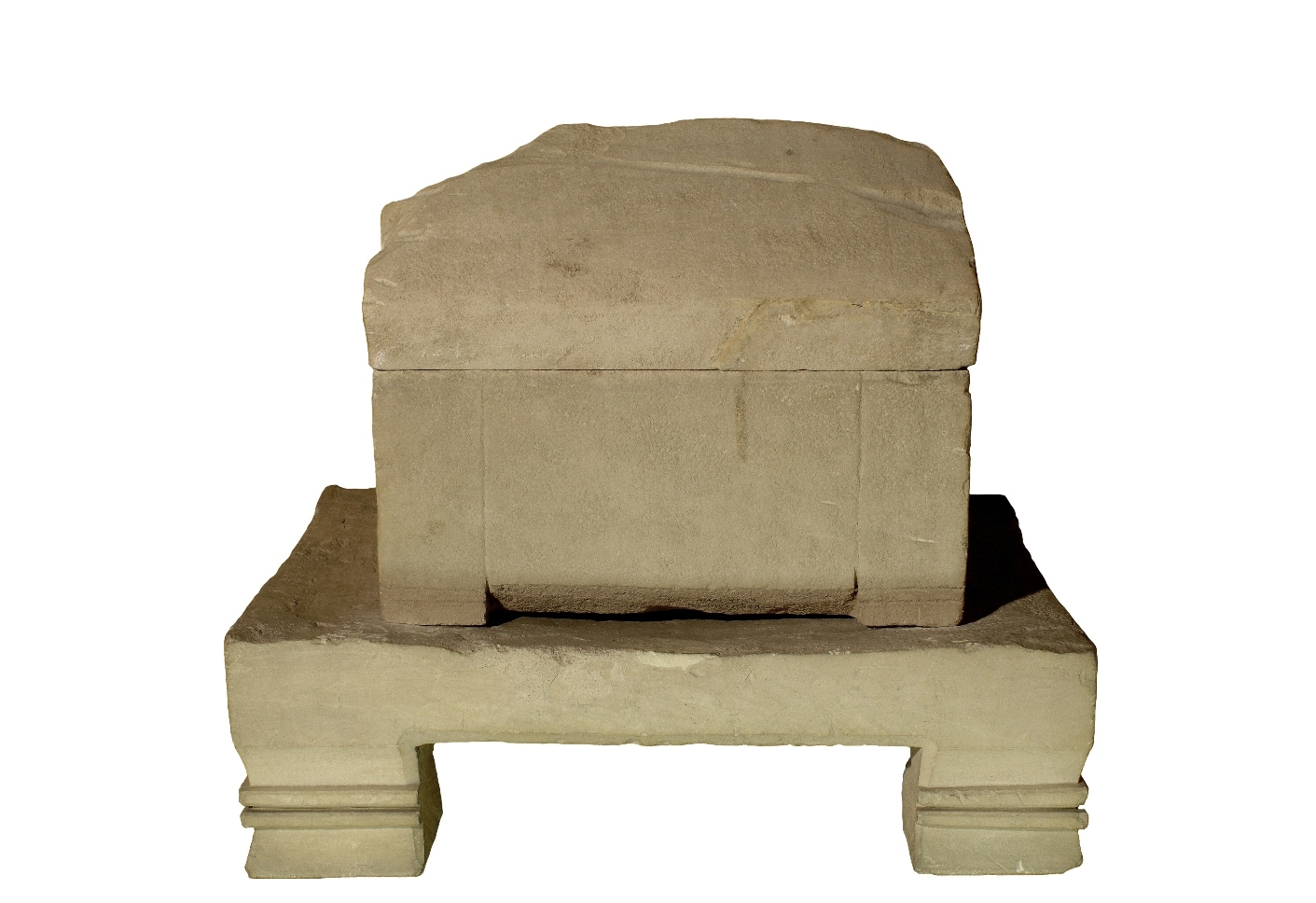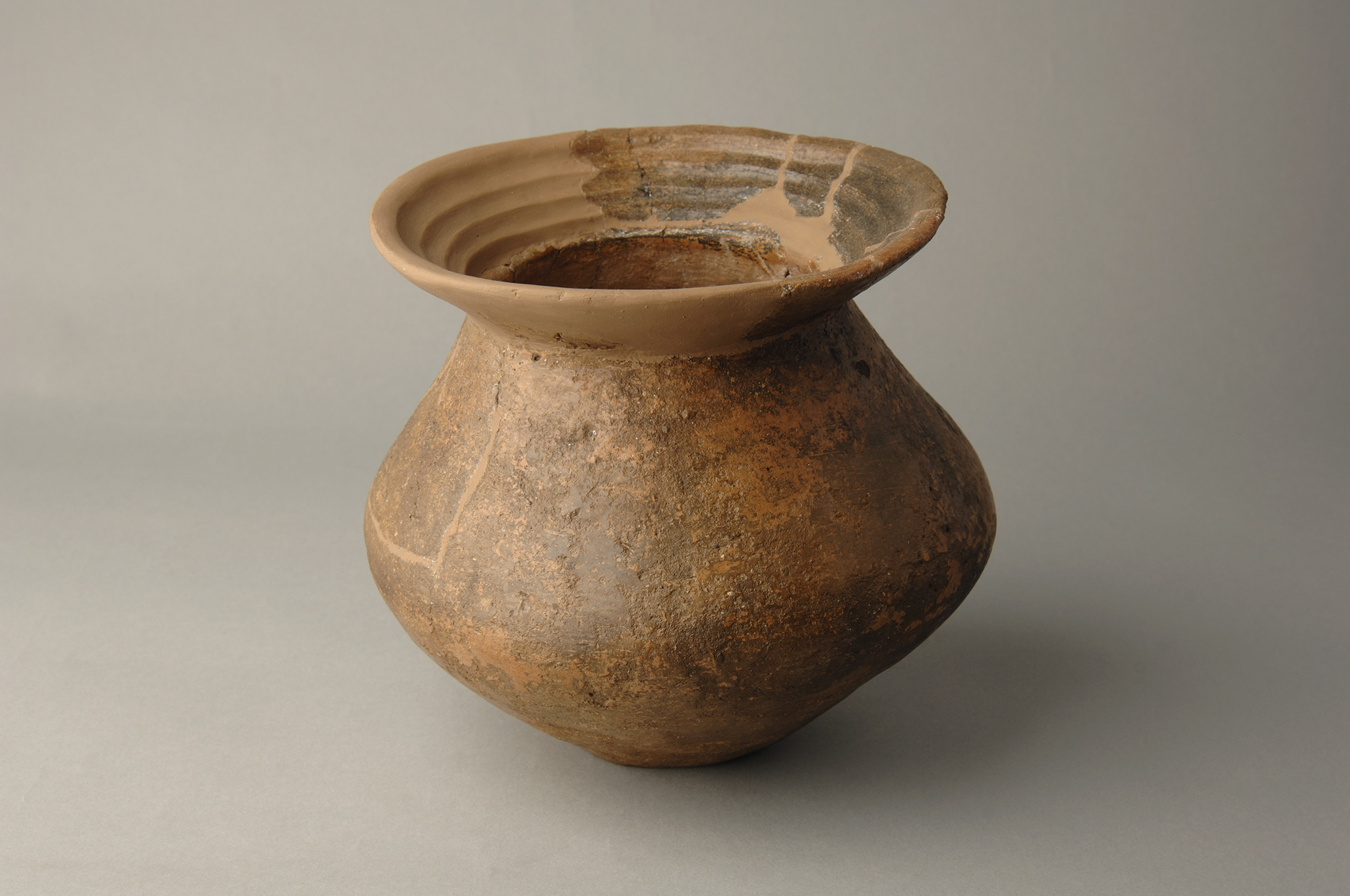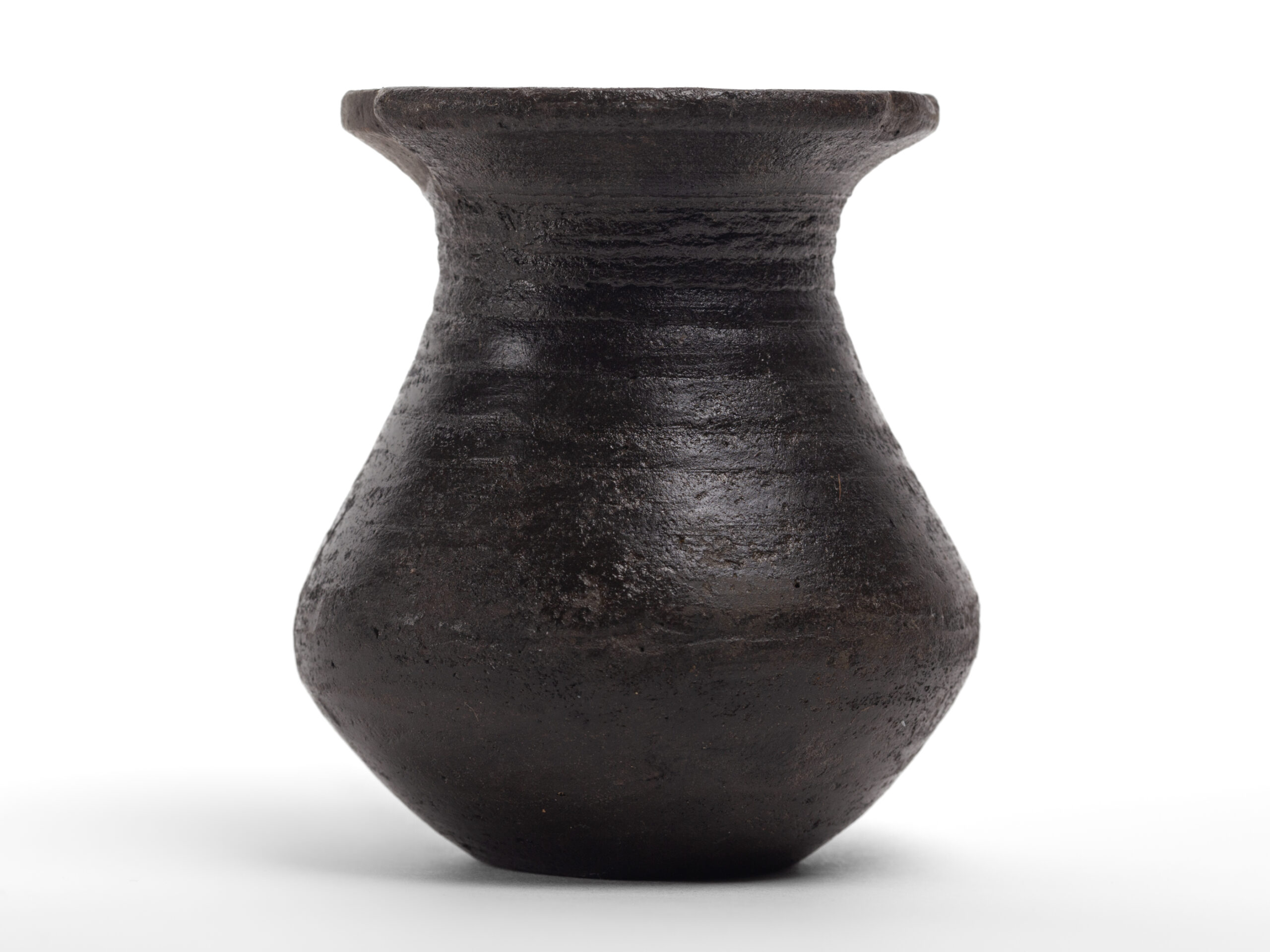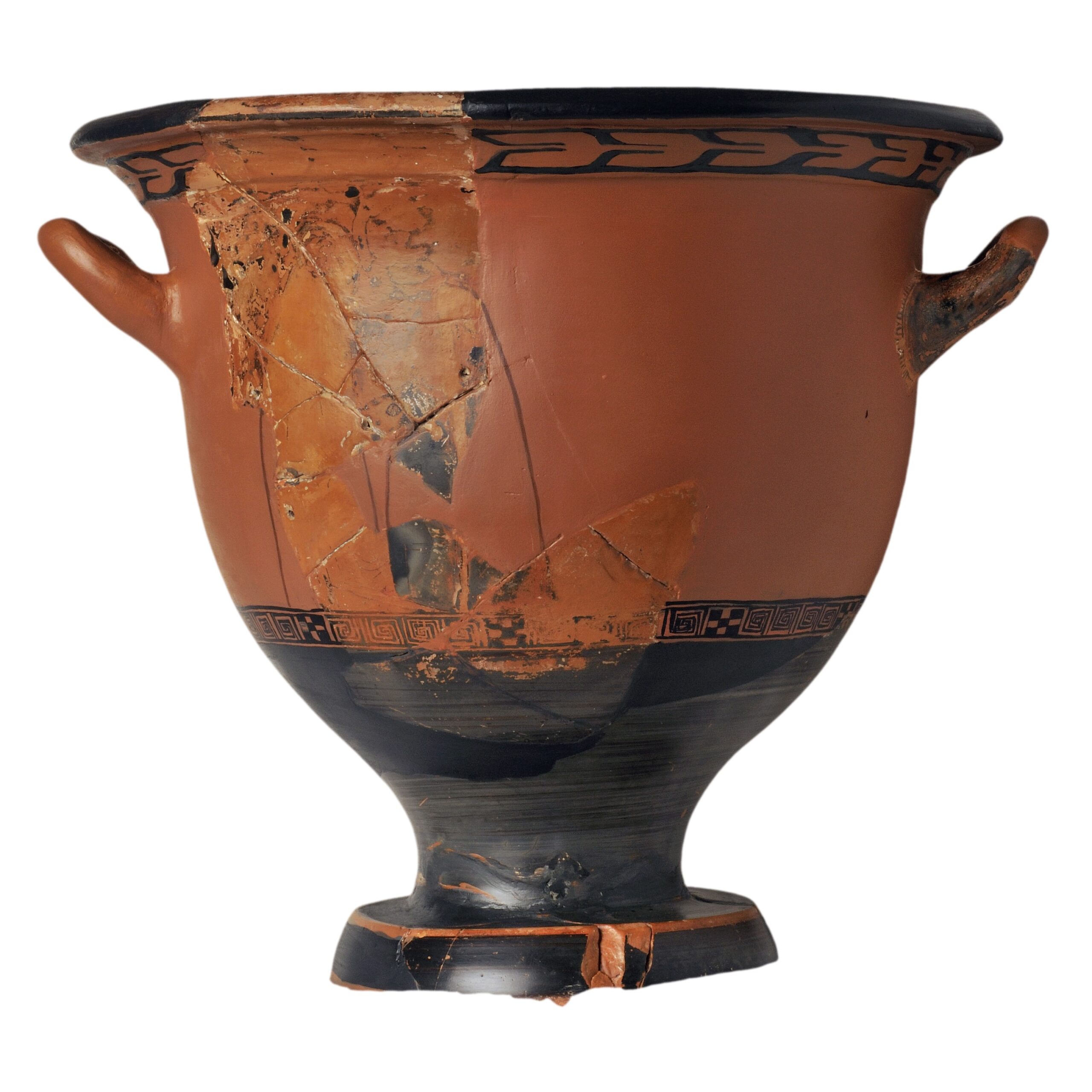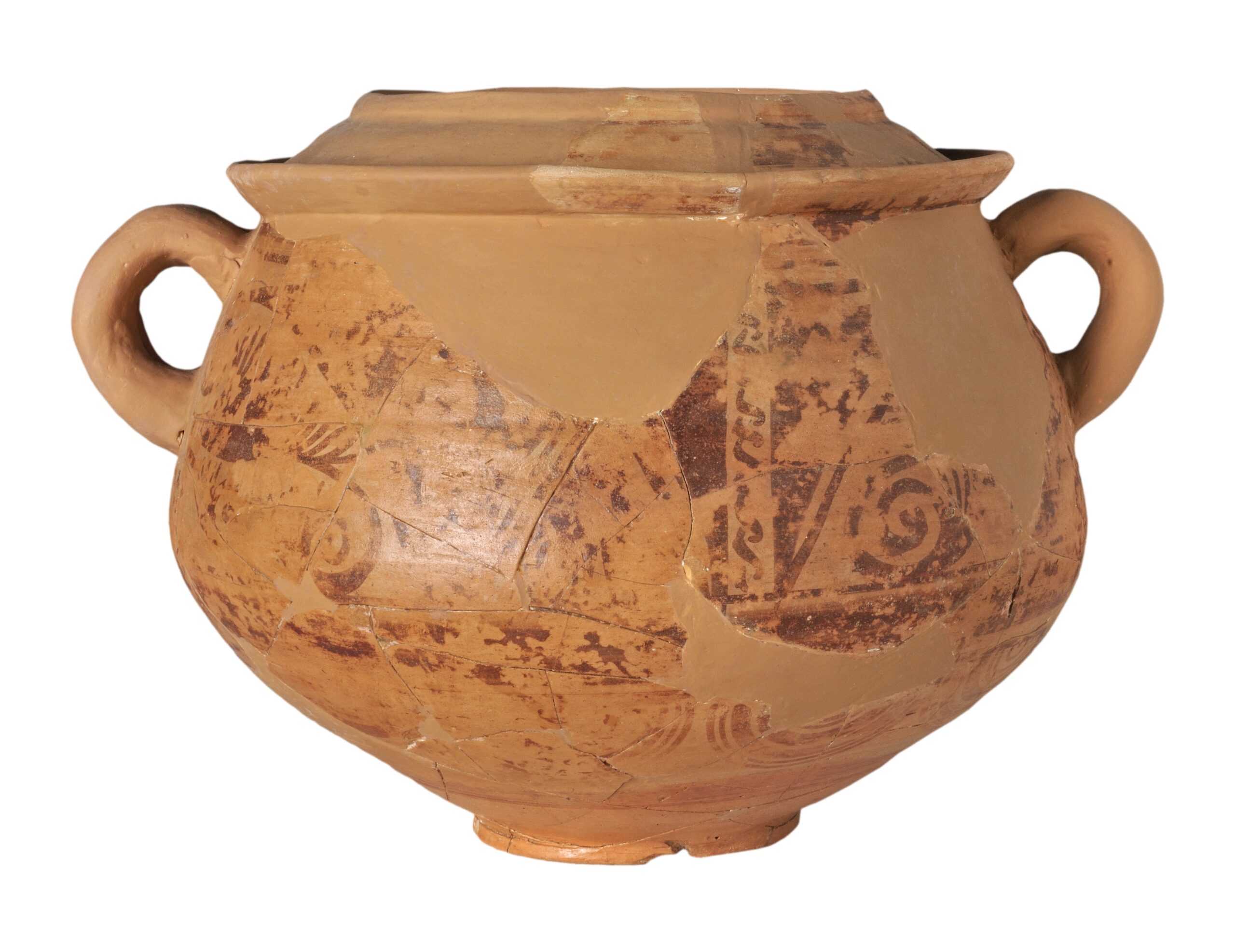- Object type
- urn
- Production date
- -500 / -300
- Fabric
- common Iberian pottery
- Culture
- Protohistory and Iberian world
- Discovery location
- Molí d’Espígol
- Materials
- pottery
- Township
- Tornabous (Europa, Espanya, Catalunya, Lleida, Urgell)
- Technique
- handmade
- Where is it?
- Exposició permanent
- Dimensions
- 281 x 260 mm


